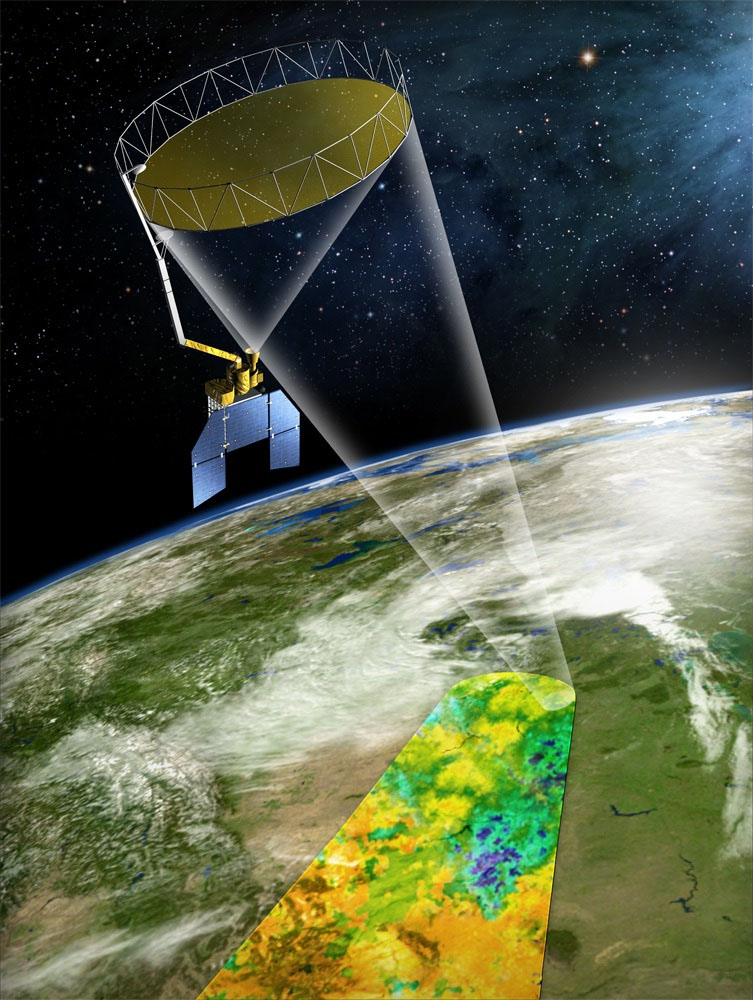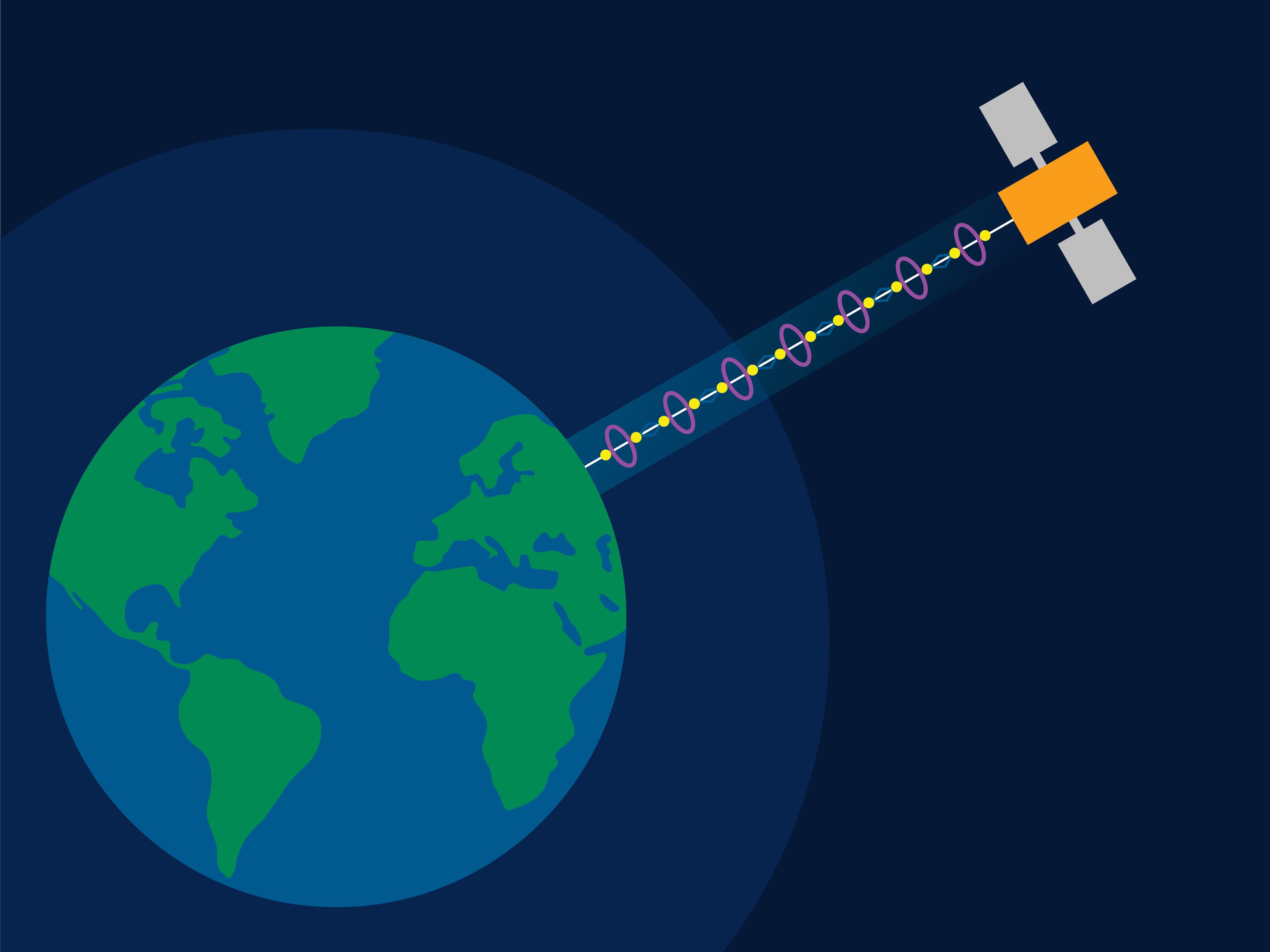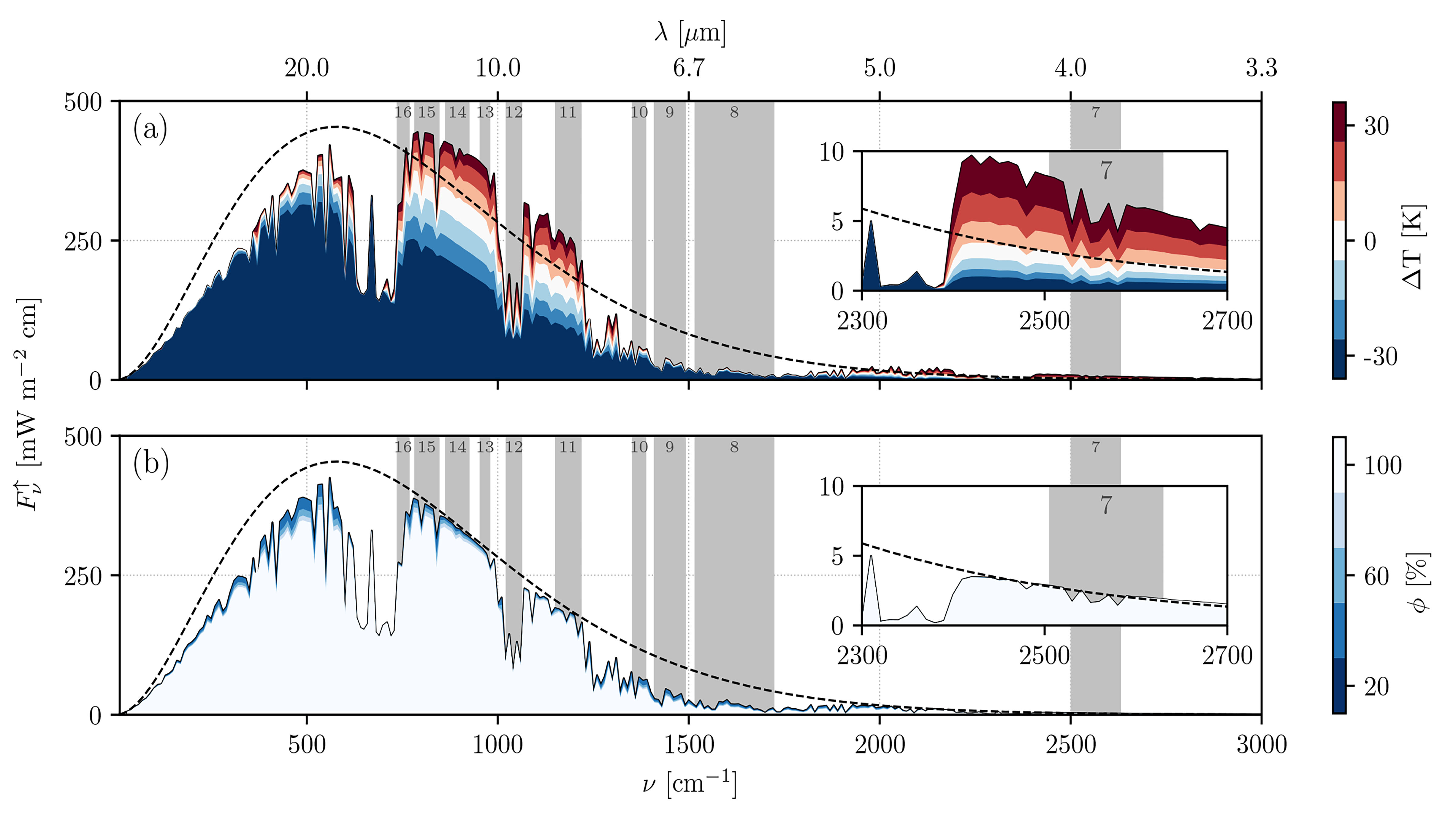Scientists at the U.S. Department of Energy’s Princeton Plasma Physics Laboratory are working on ways to improve thrusters for satellites operating in very low orbit around the Earth. The researchers believe they can make satellites that weigh less, last longer and cost less by creating thrusters that use the air around them instead of having to carry its own supply of fuel. PPPL’s diagnostics will be used to evaluate this innovative thruster concept and characterize key physical processes involved in its operation.
Tag: Satellite
RUDN Scientists Propose Optimal Approach to Map Urban Density by Satellite Data
RUDN University scientists have found the most accurate way to determine the spatial structure of urban confinement using satellite images. It will help create precise maps and monitor the microclimate of the urban environment, support sustainable development and even make weather forecasts.
RUDN Ecologists Show How to Predict the Wheat Yield with 98% Accuracy by Satellite Imagery
RUDN University ecologists found a parameter in satellite images that allows accurately calculating and increasing the wheat yield. Such technology helps agronomists monitor crops and make decisions.
UAH researchers use Earth observations to identify damage, impacts from earthquakes in Turkey
The country of Turkey is still reeling from a 7.8 and a 7.5 magnitude earthquake and thousands of aftershocks that occurred in February, causing widespread destruction to infrastructure and human life.
NSF and SpaceX Finalize Radio Spectrum Coordination Agreement
The National Science Foundation (NSF) and SpaceX have finalized a radio spectrum coordination agreement to limit interference from the company’s Starlink satellites to radio astronomy assets operating between 10.6 and 10.7 GHz. The agreement, detailed in a statement released by NSF today, ensures that Starlink satellite network plans will meet international radio astronomy protection standards, and protect NSF-funded radio astronomy facilities, including the National Radio Astronomy Observatory (NRAO) and the Green Bank Observatory (GBO).
NASA Artemis1 to Carry ASU CubeSat into Space
ASU Associate Professor Craig Hardgrove is NASA’s Principal Investigator for the Lunar Polar Hydrogen Mapper, or LunaH-Map cubesat.
Build-a-satellite program could fast track national security space missions
Valhalla, a Python-based performance modeling framework developed at Sandia National Laboratories, uses high-performance computing to build preliminary satellite designs based on mission requirements and then runs those designs through thousands of simulations.
Finland’s first science satellite launches into space
The Foresail-1 mission will test a new plasma brake and collect data about space radiation
Story tips: Fueling up on savings, COVID’s behavior effect, cosmic collisions, seismic and sound, and space-to-ground comms
ORNL story tips: Fueling up on savings, COVID’s behavior effect, cosmic collisions, seismic and sound, and space-to-ground comms
Using satellite data to help direct response to natural disasters
Researchers have developed a way to use satellite imaging data to create 3D images that could quickly detect changes on the Earth’s surface, a new study says.
Satellite monitoring documents cultural heritage at risk
Cornell researchers are using high-resolution satellite imagery to monitor and document endangered and damaged cultural heritage in the South Caucasus.
LLNL’s Tactically Responsive Launch-2 payload launched into orbit after being built in record time
When the U.S. Space Force’s Tactically Responsive Launch-2 mission launched from Vandenberg Space Force Base on June 13, it carried a payload designed and built in record time by Lawrence Livermore National Laboratory.
Cause, scope determined for deadly winter debris flow in Uttarakhand, India
The Uttarakhand region of India experienced a humanitarian tragedy on Feb. 7, 2021, when a wall of debris and water barreled down the Ronti Gad, Rishiganga and Dhauliganga river valleys. This debris flow destroyed two hydropower facilities and left more than 200 people dead or missing. A self-organized coalition of 53 scientists, including researchers from the University of Washington, came together in the days following the disaster to investigate the cause, scope and impacts.
Satellites may have underestimated warming in the lower atmosphere
New research by Lawrence Livermore National Laboratory (LLNL) climate scientists and collaborators shows that satellite measurements of the temperature of the troposphere (the lowest region of the atmosphere) may have underestimated global warming over the last 40 years.
Observations show marine clouds amplify global warming
A new analysis of satellite cloud observations finds that global warming causes low-level clouds over the oceans to decrease, leading to further warming. The work, led by researchers at Lawrence Livermore National Laboratory (LLNL), in collaboration with colleagues from Scripps Institution of Oceanography and the NASA Langley Research Center.

Advising NASA on which satellites should stay in orbit
Iowans are helping to shape the future of NASA’s satellite missions. Faculty from Iowa State and Iowa were among 13 scientists selected to serve on a congressionally mandated panel to advise NASA on which satellite missions should continue and which should be grounded.

Transmitting Data From Space to Earth With Laser Filaments
A new research project for satellite telecommunications, supported by the National Geospatial-Intelligence Agency, proposes to use the properties of light itself to punch a pathway for data through the clouds.
Sentinel-6 sea level tracking satellite gives boost to climate science
A new satellite developed by engineers at the European Space Agency and the National Aeronautics and Space Administration will soon be orbiting the Earth, measuring sea level rise. The Sentinel-6 Michael Freilich satellite will lift off Nov. 10 in a…

Deep learning artificial intelligence keeps an eye on volcano movements
Penn State researchers have used artificial intelligence (AI) to clear up that noise, drastically facilitating and improving near real-time observation of volcanic movements and the detection of volcanic activity and unrest.

Solar Power Plants Get Help from Satellites to Predict Cloud Cover
Cloud cover is often characterized in simple terms, such as cloudy, partly cloudy or clear. This does not provide accurate information for estimating the amount of sunlight available for solar power plants. In this week’s Journal of Renewable and Sustainable Energy, a new method is reported for estimating cloud optical properties using data from recently launched satellites. This new technique is known as Spectral Cloud Optical Property Estimation, or SCOPE.